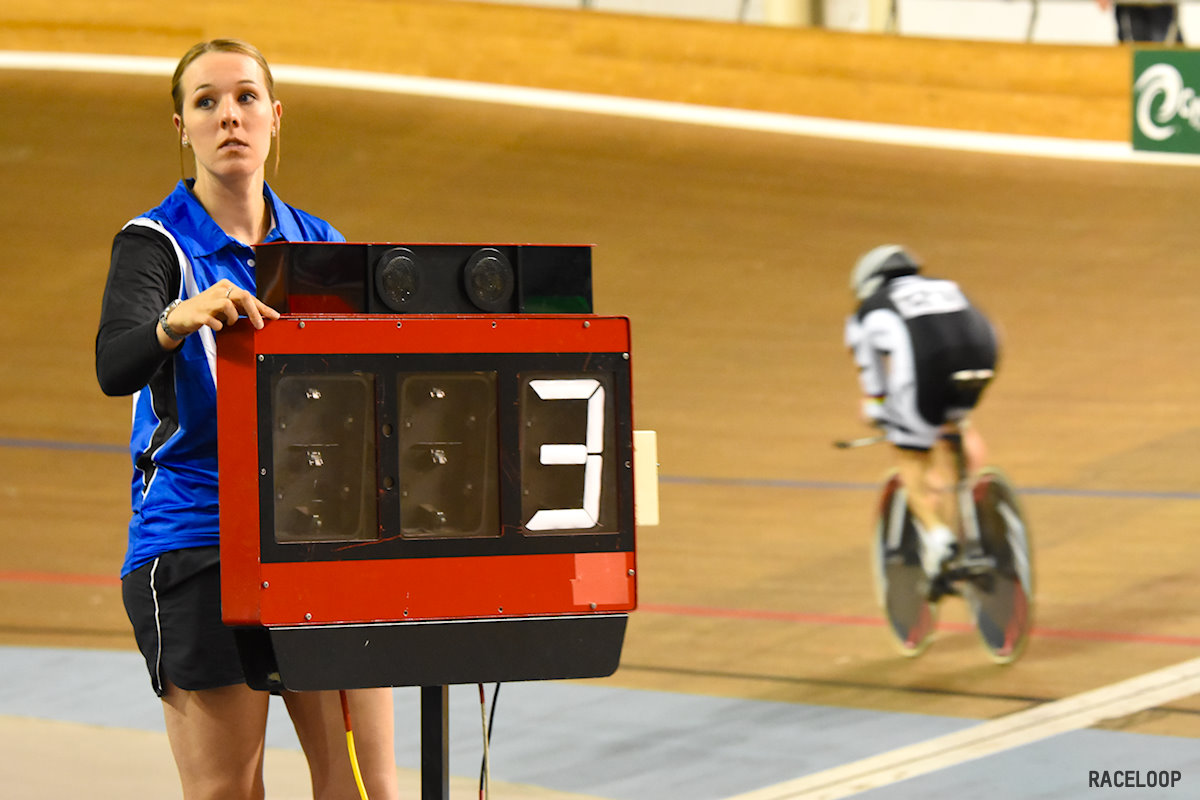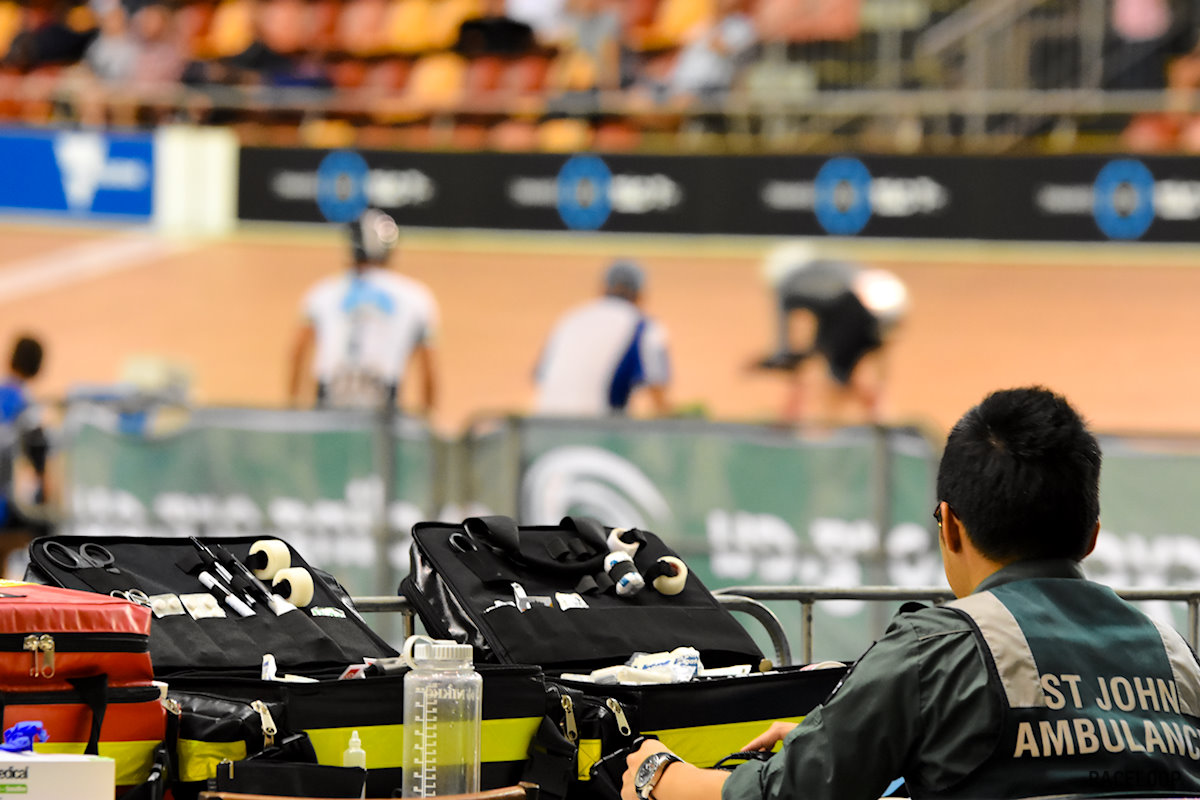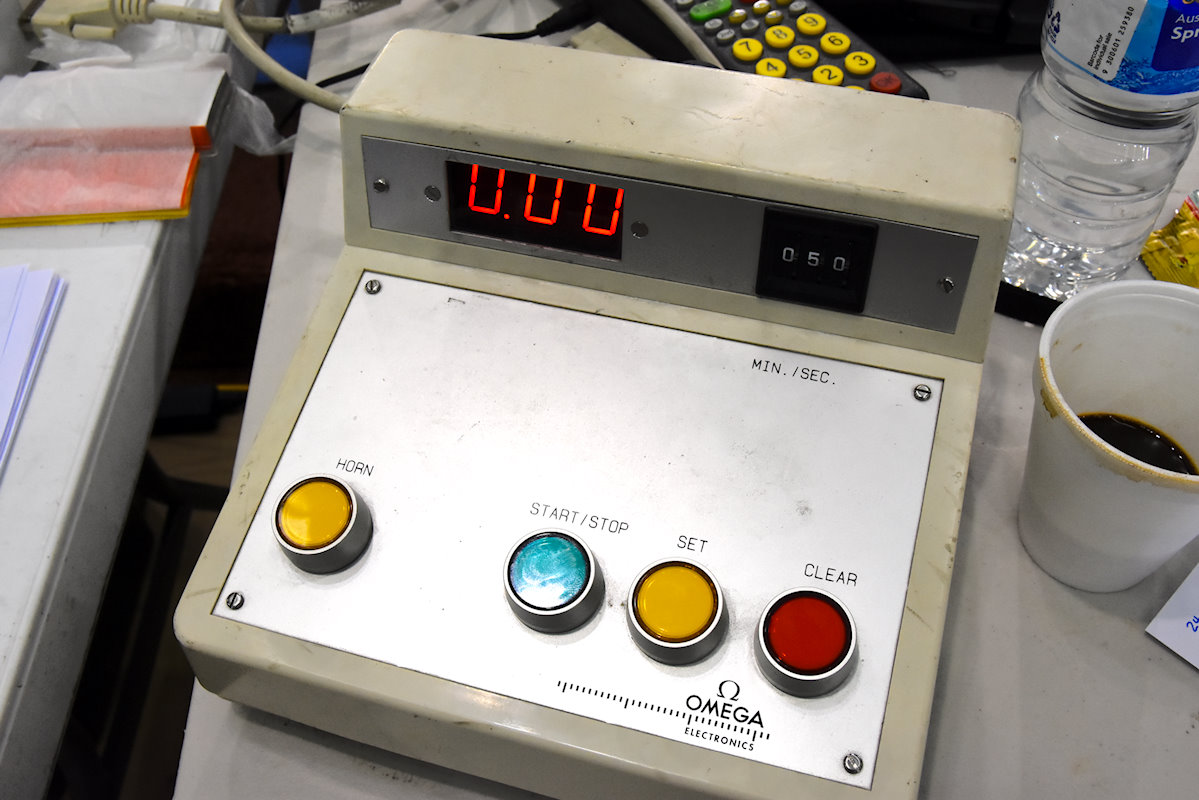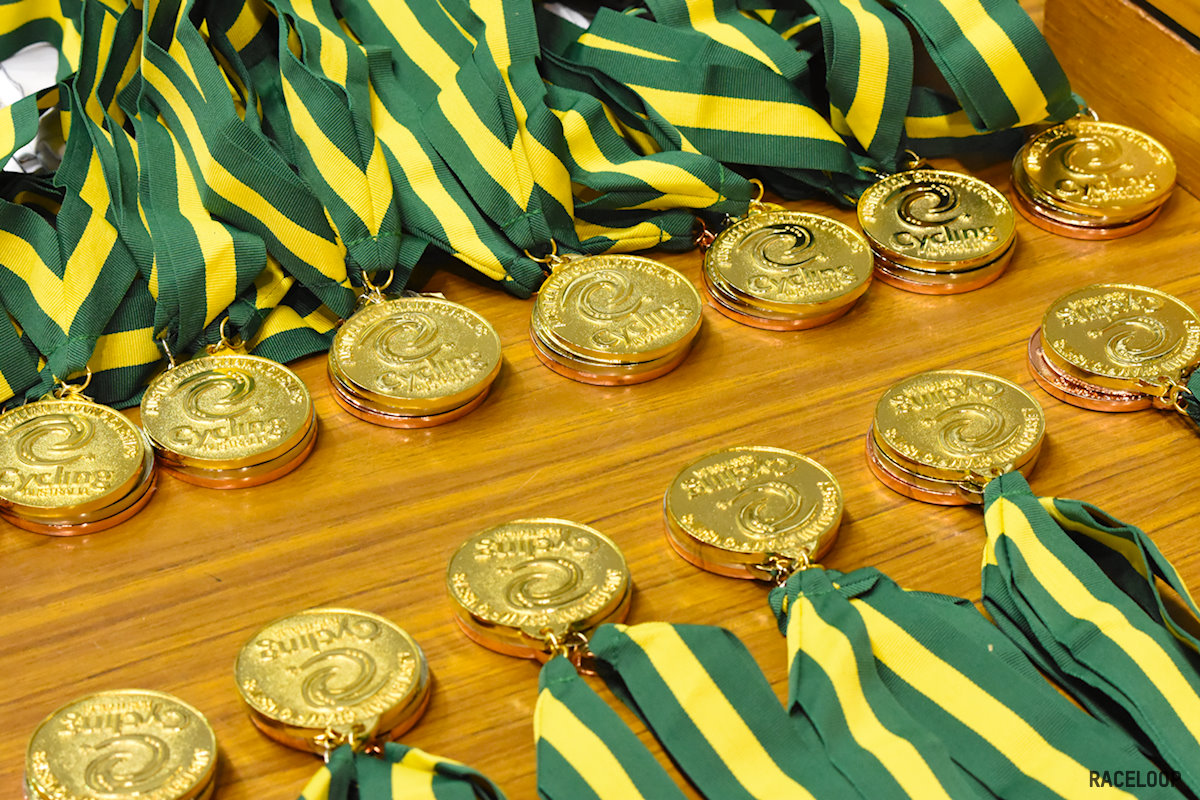commissaire, cycling, event management, technical, track, track cycling, track event
JT
0 Comments
165 Views
Part 3: Track Event Staff & Equipment
Other articles & resources in this series can be found here.
In the first two articles of this series I introduced the basics of planning and managing the development of your track cycling event. These articles are intended to cover the basics of building an event from scratch. The articles are intended for people who want to throw their hat in the ring and run a race. They give a broad overview of many of the aspects you might like to consider.
Given the nature of track racing, it can be very technical from the perspective of the race director. Events are in quick succession, finishes often come down to 1,000ths of a second, and adherence to the rules helps ensure a fair & safe racing environment. It is an excellent way to learn the basics of race directorship and Commissairing for all cycling disciplines. It also produces an environment in which the situation can quickly change and often immediate and quick action is required from the race director and the team. In other words, it’s an accelerated learning curve.
Even a small local club race requires a (smaller) number of event staff to make the event runs smoothly, safely and according to the rules. Being a successful race director depends on being able to appointment a mix of both experienced & competent Commissaires along with up & coming Commissaires and assistants, each having specific tasks to perform. As the level of the event increases, the number of staff and their level of experience will tend to increase too.
Events are ordinarily staffed by volunteers and as such experience and knowledge varies widely. As the race director it is important to recognise this whilst appreciating that people are donating their valuable time to help ensure your event is a success. If people feel appreciated (which they most certainly are) most volunteers can provide fantastic input into an event. Furthermore, try to accommodate their needs as well as those of the event. For example, some people may prefer certain tasks.

Non-Commissaire Staff
Not all tasks at an event need to be fulfilled by qualified Commissaires. These are generally tasks that do not require interpretation of the rules and as such they should be fairly easy to fill. Also, not all of these roles are required at every event. Again, it depends on the level of event you are running.
| Volunteer | Notes |
| Registration Desk | Depending on how many riders you have this can work with either one or two people. For a brief moment at the start of the event, this can be a hectic role. |
| Gate Operator | Operates the start gate. Required for Pursuits, Team Sprints and Time Trials. It is important to ensure the operator has been shown how to properly place the bike in the gate. Otherwise this can blow the timing of the program out of control. |
| Holder | Holds riders upright on the start line. One holder on the start line per rider. Required for Team Pursuit, Team Sprint, Sprint and Keirin type events. |
| Motor bike rider | A qualified motorbike rider for driving the motorbike for motor paced events. Only required for Motor Pace and Keirin type events. From a safety perspective, ensure the rider is experienced and qualified for riding on the velodrome. |
| Continuous Camera Operator | The continuous camera is a camera used to record each race. In the case of a dispute, the footage can be used as evidence. The continuous camera is only required at events at the state level and above. Not required for club races. |
| Rider Chaperone | This role is also called the Rider’s Commissaire. This person is stationed in the rider’s area and makes sure that the relevant riders are ready at the necessary time. There may be more than one chaperone at an event. Not required for club races. |
| Runner | Delivers messages and communiques around the venue. Typically under instruction from the Chief of the Commissaire. Not required for club races. |
| First-Aid Responder | A First-Aid responder is required at EVERY event no matter how small. This person will need to be suitably qualified. Keep in mind that common cycling injuries include soft tissue injuries, mild to severe abrasions and lacerations. Less common injuries include fractures, pneumothorax (collapsed lung), dental trauma and suspected spinal or traumatic brain injury. EVERY EVENT MUST HAVE QUALIFIED FIRST-AID. |
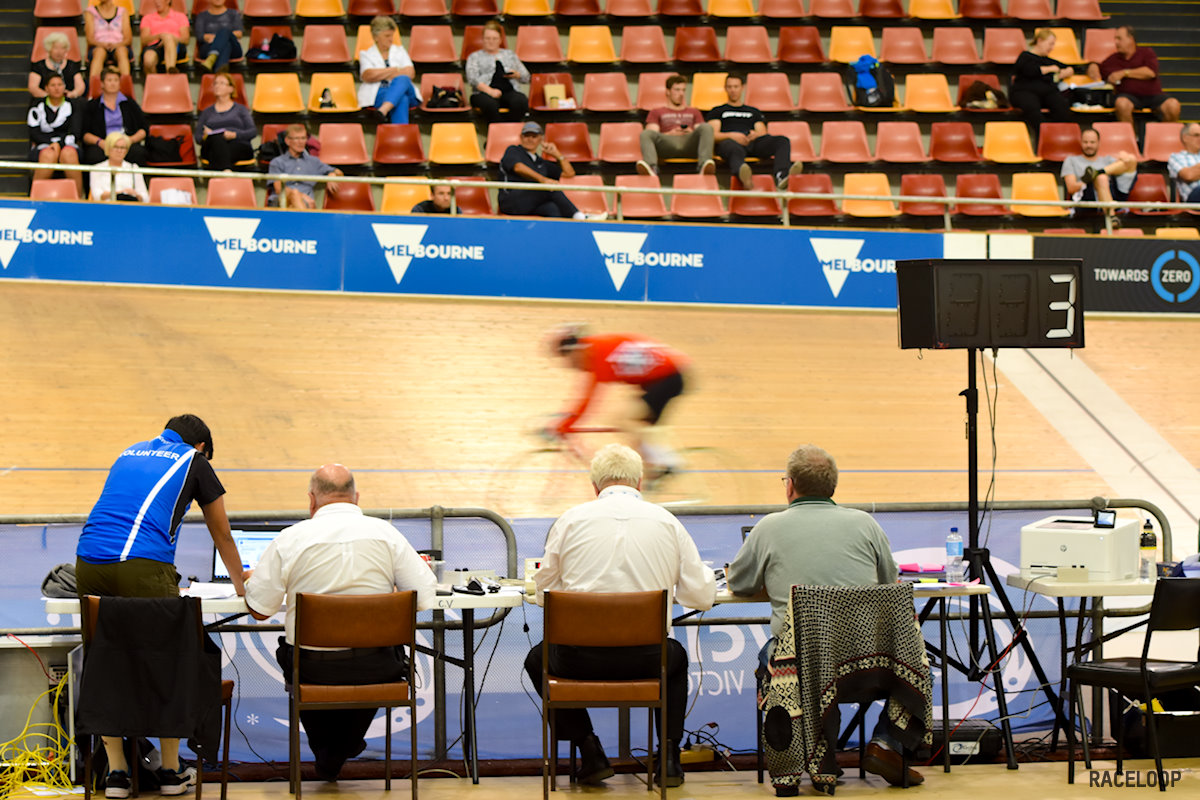 The Commissaire’s Panel
The Commissaire’s Panel
The Commissaire’s Panel is made up of the qualified event staff. That is, these are the staff members who together can conduct an orderly event according to the rules of each race.
Commissaires are not to be confused with the event organisers. In most cases, Commissaires are not required or expected to organise, manage and run the event. The event director and the members of the organising team are the ones responsible for accepting entries, preparing programs, organising prizes / medals, managing spectator services and other similar tasks.
For a club level event the number of event staff can be kept simple. At the very minimum, these events require three roles – a qualified Commissaire, a qualified first aid responder and someone to run both the registration and judging desks. Three people – that’s it. The first aid responder position could be combined with one of the other two roles where appropriate meaning just two people are required. This setup is not uncommon but it is advisable to discuss this with your state or national association for clarification as the requirements may change from body to body.
For larger events, the fast moving track environment means the race director should be careful when selecting the event Commissaires. A good mix of new/budding Commissaires who are keen to learn, mid level Commissaires and at least one experienced Commissiare should be seen as a bare minimum. As the event increases in complexity, the number of experienced Commissaires should increase whilst the number of lower level Commissaires should decrease.
Be aware that there is an important point to consider not reflected in the qualification level of each Commissaire. The competency of Commissaires varies widely and it is not unheard of for a level two Commissiare to be more experienced than a level three Commissiare. As a race director you can find out who are the better Commissaires simply by asking other Commissaires.
Your local association or club should be able to assist with finding a suitable Chief Commissaire for the level of event you are looking to operate. When selecting the Commissaire’s panel, it is highly advisable to work closely with your chosen Chief Commissaire as ultimately this person will be in charge of the Commissaire’s team. The chief will advise on what positions are needed for the event and what they need to properly undertake their role as Chief Commissaire. Further, the Chief Commissaire will be able to use their experience to advise on the event program and other aspects of running a safe and orderly event.
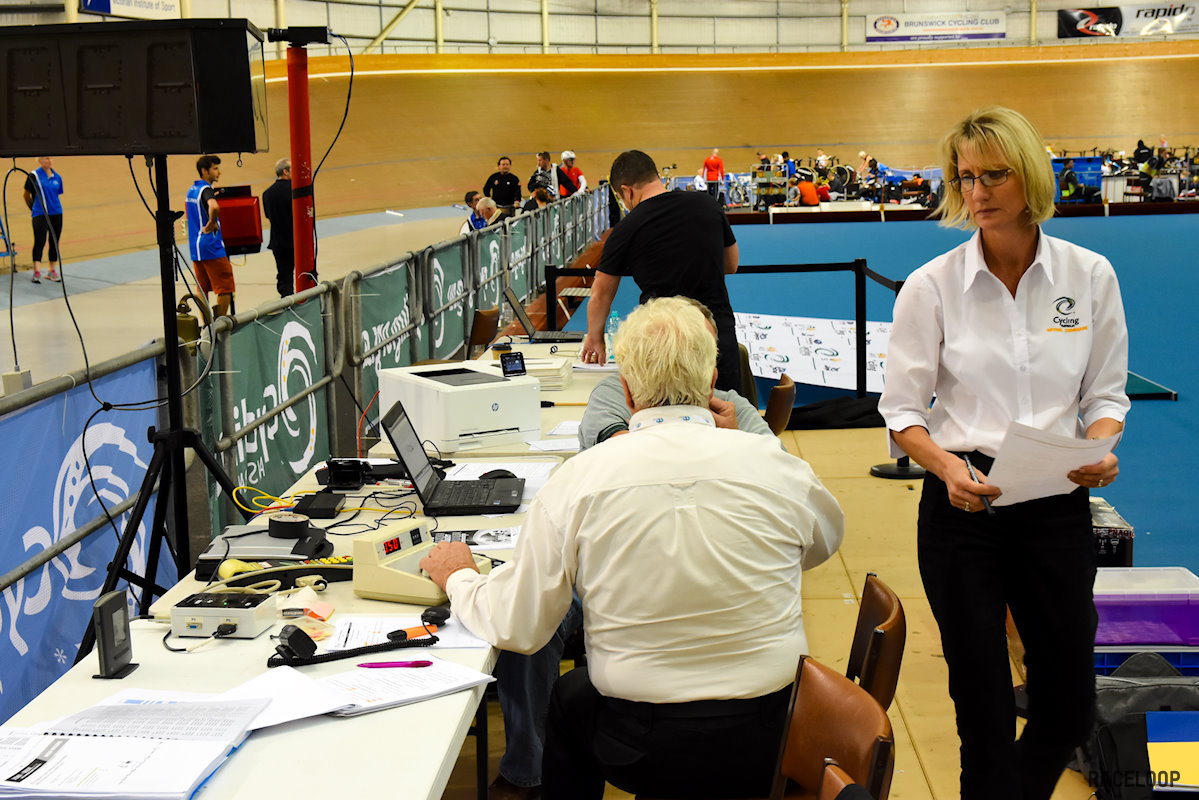
Although most events will not require the full list of Commissaires listed below, it is important to understand and to be aware of what each position means. As the race director it is important to choose the Commissaires that are relevant to your event and what you’re looking to achieve. Try not becoming too officious but ensure that the Chief Commissaire is satisfied and than commissaires are not doing too much multi tasking.
| Commissiare | Description |
| Chief Commissaire | At the very minimum, an event must have a Chief Commissaire. This person divides up the tasks within the panel of Commissaires and manages the coordination of the Commissaires team. This person ensures that everything is ready before each start. Importantly, this person is required to ensure the safety of the venue and the track. This position is required as a separate role at state level and above events. At club level events, the person assigned to this role may handle all of the Commissairing duties. |
| Chief Judge | The Chief Judge manages the panel of judges and signs off on all results. This role may include all of the task of the Judge role. |
| Photo Finish Camera Judge | Not required at club level but required at all state level events and above. This person must work with the Judging panel to ensure results are verified and valid whilst working with the results computer operator to ensure the accurate recording of the results. Note: it is still the Chief Judge’s responsibility to verify that the correct results are recorded. In the case of an experienced operator, this position may be combined with the Results Software Operator. |
| Judge | Judges all race finishes and the various rankings with, if necessary, the help of the photo finish camera. Although it may seem that this position is redundant with when the photo finish camera is in use, it is important that this role is filled in the case of a finish line malfunction. This is more common than you imagine. Furthermore, where placings are clear, the photo finish is generally less important. |
| Results Software Operator | Takes the results from the judging panel and Photo Finish Camera Operator and records the results in the results software. This software is used for publication and display on the scoreboard. Where necessary, ensures timing equipment is operational. Where electronic timing equipment is involved, this can be a highly specialised role. In the case of an experienced operator, this position may be combined with the Photo Finish Camera Operator. |
| Timekeeper | Club races simply require someone with a stop watch.
State level events and above, timekeeping is often electronic and usually carried out by a specialised firm or by timekeepers. However, the electronic timing system must at all times be backed up by manual timekeepers. Again, malfunction is more common than you think. If no electronic timing is available for state level events and above, the timing reverts back to three stop watches to record results. The average time is taken. |
| Points Table Judge | A Commissaire updates the ranking tables together with the computer operator. This Commissaire constantly updates the position tables, in parallel with the computer system – comparison of the two makes for greater reliability. Required for point scores and madisons at all state level races and above. |
| Judge for won and lost laps | Two Commissaires are specially appointed to this task, which can sometimes be delicate. They must work very quickly to list the numbers of the riders in the leading or trailing groups. Generally only required for point scores and madisons. Not required at the club level. May be combined with other judging roles where appropriate. |
| Lap Counter | The lap board operator keeps track of the current lap count in each race. This is generally a simple task but requires a level of concentration – especially for Madison events. May be combined with the Bell Ringer role at club and state level events. |
| Bell Ringer | Rings the bell for each group of riders one lap before each finish or ranking. May be combined with the Lap Counter role at club and state level events. |
| Rider’s Commissaire | This person is stationed in the rider’s area and makes sure that the relevant riders are ready at the necessary time. This role may be handled by a volunteer and there may be more than one. |
| Starter | The starter checks riders’ clothing, starts off races and sometimes is in charge of stopping the race in a dangerous situation or if any irregularities are noted. This person also decides on false starts. For pursuit, team sprint and time trial events there should be a starter positioned at each start gate. |
| Clothing & Equipment Commissaires | They check the compliance of the clothing and equipment of riders. Not required at club level events. Depending on the event, may be required at state level events. Required at national level events. Checks should be carried out at events where timed events (pursuit, time trials) are involved. |
| Referee | The referee exclusively judges the behaviour of riders and whether race rules are respected, and is the only one that immediately takes decisions or decides on sanctions to be imposed. This position may also be assigned to the Chief Commissaire or other Commissaire. |
| Commissaires on the bends and opposite lines | They check the compliance of races on bends and straight lines. If a rider stops unexpectedly, they intervene immediately to determine the problem. Not required at state level events but this role should be filled at state level and above. |
| Commissaire’s Secretary | The secretary has the responsibility of producing and/or checking all the starting and results lists as well as any other official communiqués from the Commissaires’ Panel. Only required at competitions at the national level and above. |
The Chief Commissaire will be required to provide a report to the race director who will provide the report to the sanctioning body. In particular, this report will detail if the racing was safe and fair, as well as the assistance they received from the race director/organiser. Accident report forms and any race fines or protest forms will also need to be reported. In addition, the Chief Commissaire will usually compile a list of recommendations for future events and will hold a debrief with the race director. Your sanctioning body will usually require the Chief Commissaire’s report to be delivered soon after the conclusion of the event. Subject to the requirements of the sanctioning body, results may or may not also need to be delivered. The Chief Commissaire should be able to advise of deadlines.
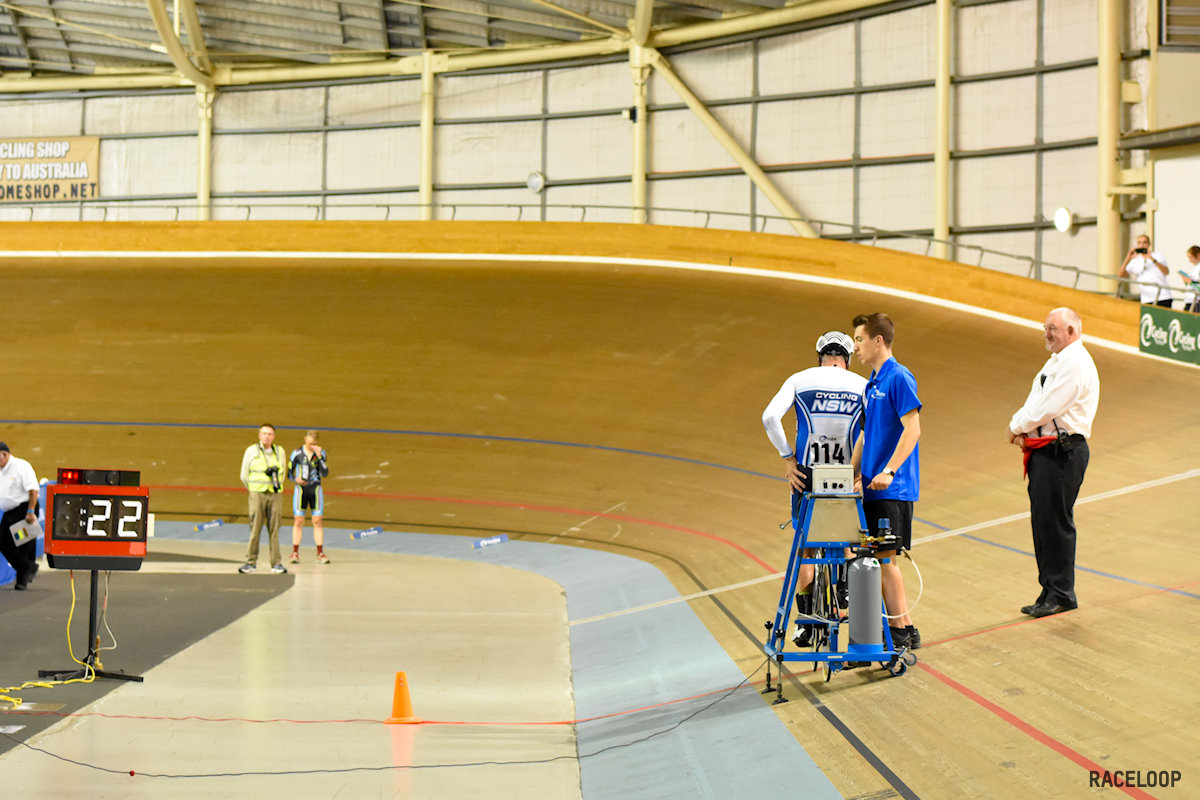
Should you become a Commissaire?
Although not necessary, being able to interpret the rules and design events with consideration for the rules makes life a lot easier. The best way to learn the rules of racing and how they apply is to sit the entry level Commissaire’s exam. Here in Australia the Level 1 course (which will allow you to officiate at the club level) is straightforward, simple and provides a great deal of valuable information for running cycling events. Obtaining this qualification is highly advantageous for an up and coming event director.

Track Equipment
Unlike a road event, the technical equipment for running an event is usually not far away. Despite this, to ensure the prompt running of the event the event equipment should be prepared and ready on the day prior to the event.
The type of equipment required for a track event varies based on the type of race and level of event. The following table provides an overview of some of the equipment that should be considered for track events.
| Event | Equipment Needed | Timing & Judging |
| All Events |
|
|
| Scratch
Point Score Elimination Madison Other mass start events |
|
Start/Finish |
| Match Sprint
Sprint Derby |
|
Start/Finish |
| Keirin |
|
200m, Start/Finish |
| Motorpace |
|
Start/Finish |
| Pursuit
Time Trial Team Sprint |
|
Pursuit A + B |
| Handicap |
|
Start/Finish |
For club level racing manual timing across the program of events is totally sufficient. For state level events and above a photo finish camera should be available for determining the winner of each event. The exception is for the pursuit, time trial and team sprint where an electronic timing system should be used. Electronic timing will be covered in greater detail in part 3 of this series.
A mechanical gate is not necessary for club racing. In fact, the added complexity and time of running a gate makes it inadvisable. It takes time to adjust the gate each time a new rider steps up and most riders do not know how to position their bikes in the gate. This blows out the time required to run an event. For a club program you need to have a clean snappy program and the gate moves the event away from this goal. Simply having holders for the rider is enough to ensure a fair and satisfactory result. It’s pretty simple.
For state level events and above, all timed events (pursuits, time trials, etc) should use a proper gate controlled by an electronic pulse connected to the timing system. Why is this important? As discussed earlier, the results of the event may be used to determine state or national champions. If this is not available, a holder is the next best option. If a gate is not available for a state level event it may be an idea to encourage the venue operator to invest in or build an electronically controlled pneumatic system. For championship level events (state and above) an electronic pneumatic (or similar) system is mandatory.
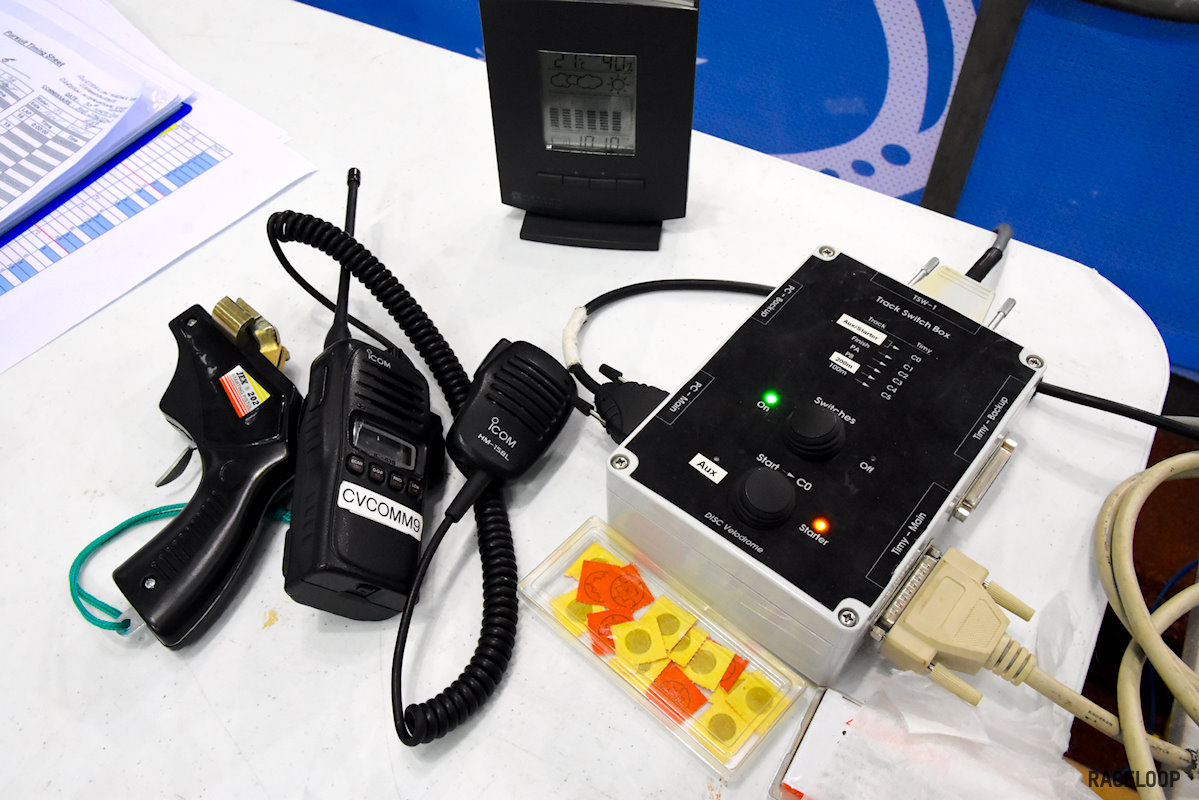
For stress relief at larger events with numerous Commissaires and volunteers, it might be an idea to consider the use of two way radios to allow quick communications between the event staff. The simple rules for use are:
- Always identify yourself first
- Identify who you are seeking to communicate with
- Make only objective and factual statements (others may be listening)
Two way radios can really speed up the resolution of issues at an event so that staff can concentrate on running the racing.
Equipment Boxes
Although most track events do not need too much equipment, there are a number of items that are required at every event. From race numbers for the riders; to pens and paper; to whistles, flags, stopwatches and lap boards. There is a core list of equipment that you are going to need.
To simplify the set up of each event it is worth investing in two to three large boxes to store your equipment in. At each race event you simply pack your box knowing that you have all of your core equipment is packed and ready. Check lists become simpler, you’ll never forget anything, and the setup is must faster and less stressful.
In part 4 of this series, I will discuss event timing and results. In the meantime, if you have any questions just ask via the comments below.
Other articles & resources in this series can be found here.
Share this content:
